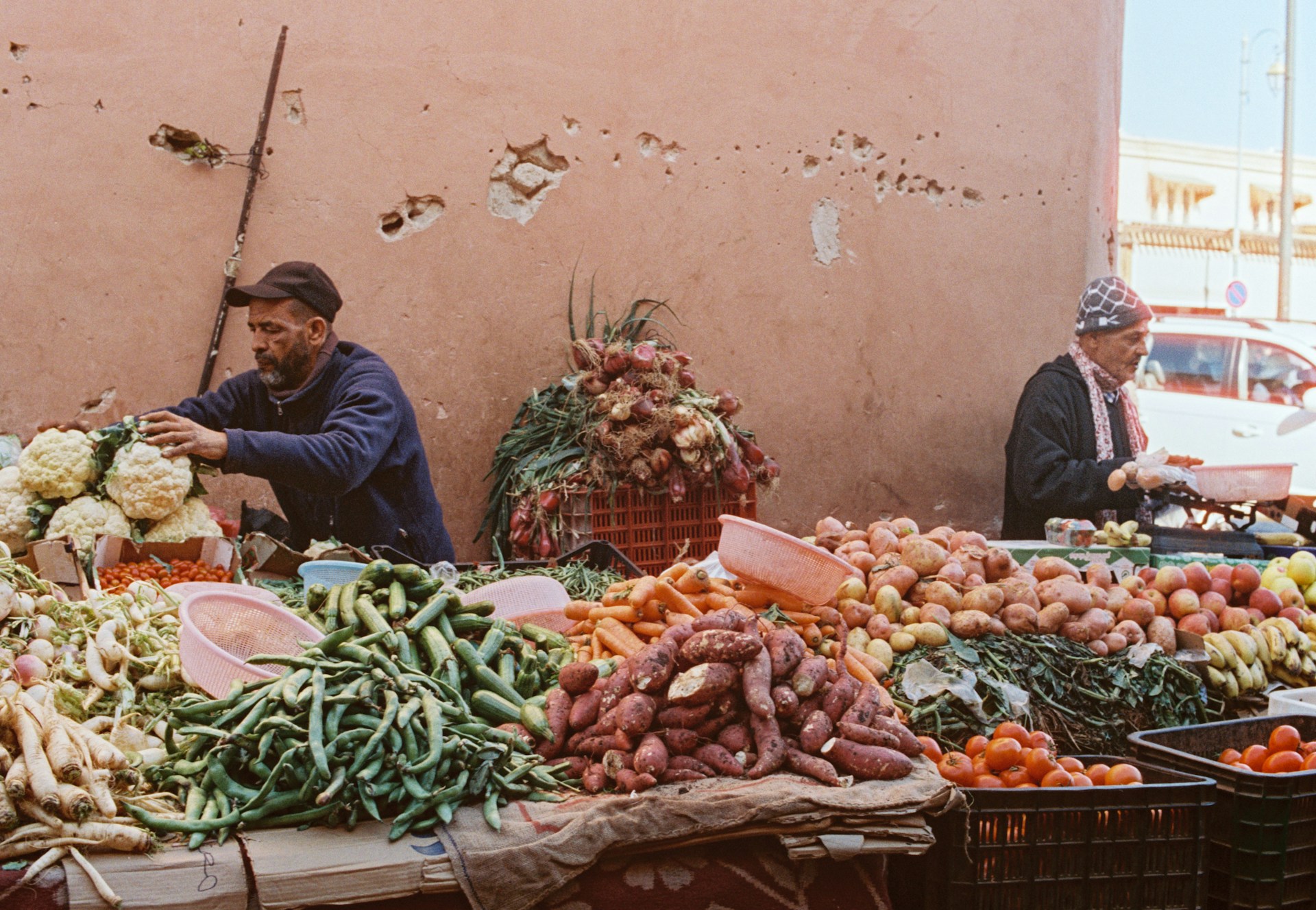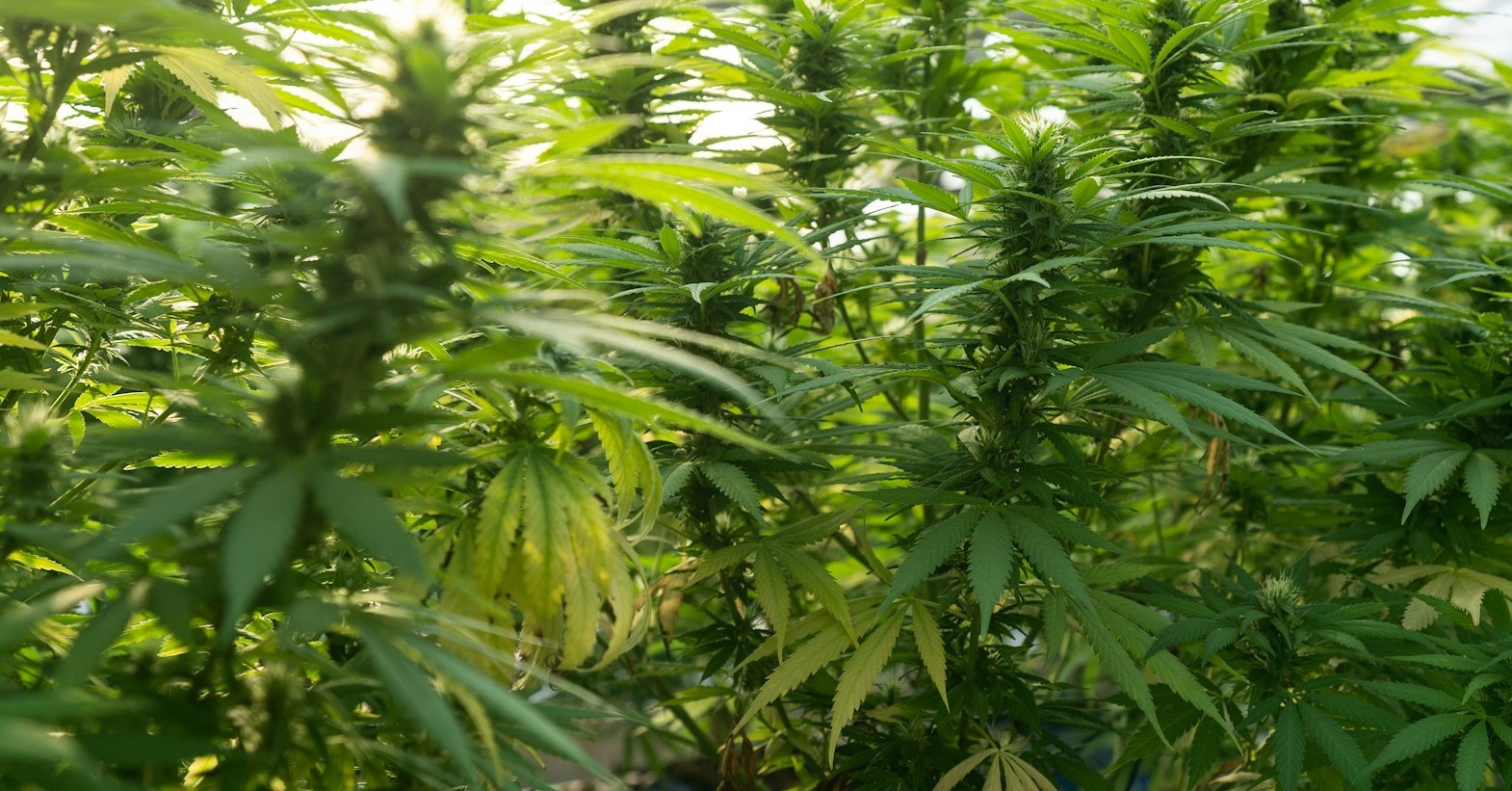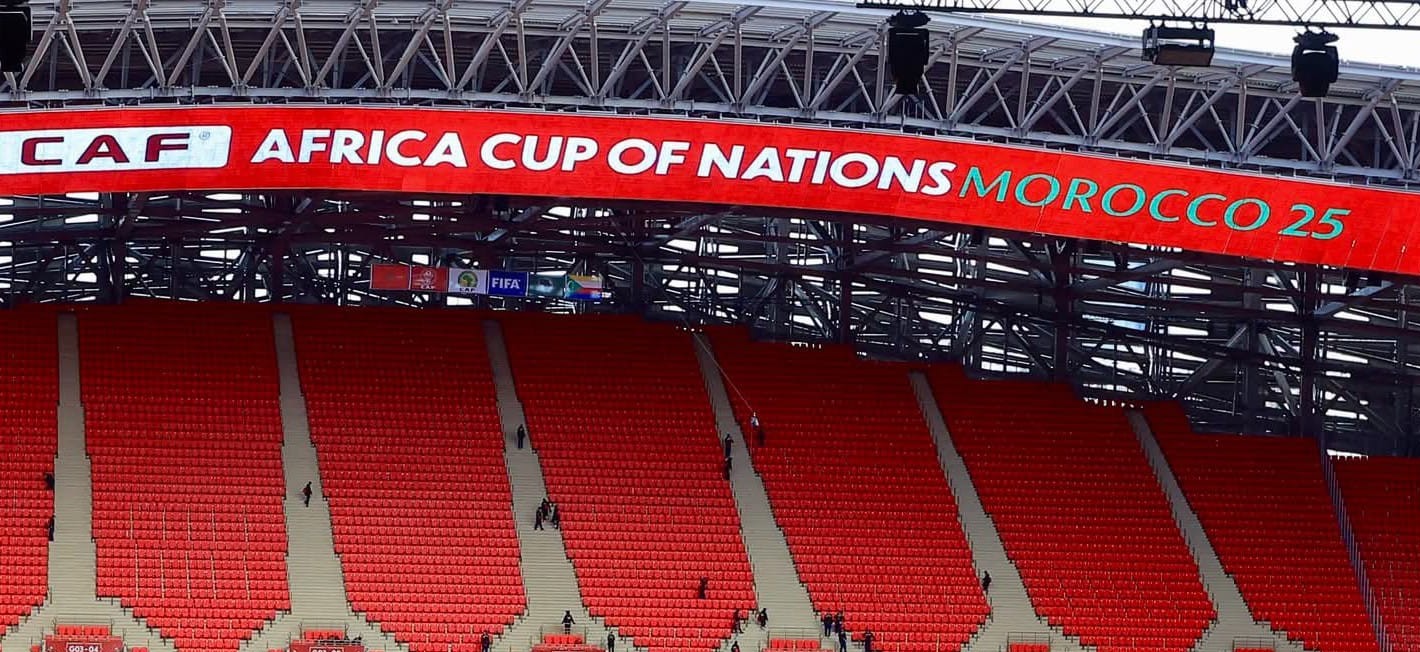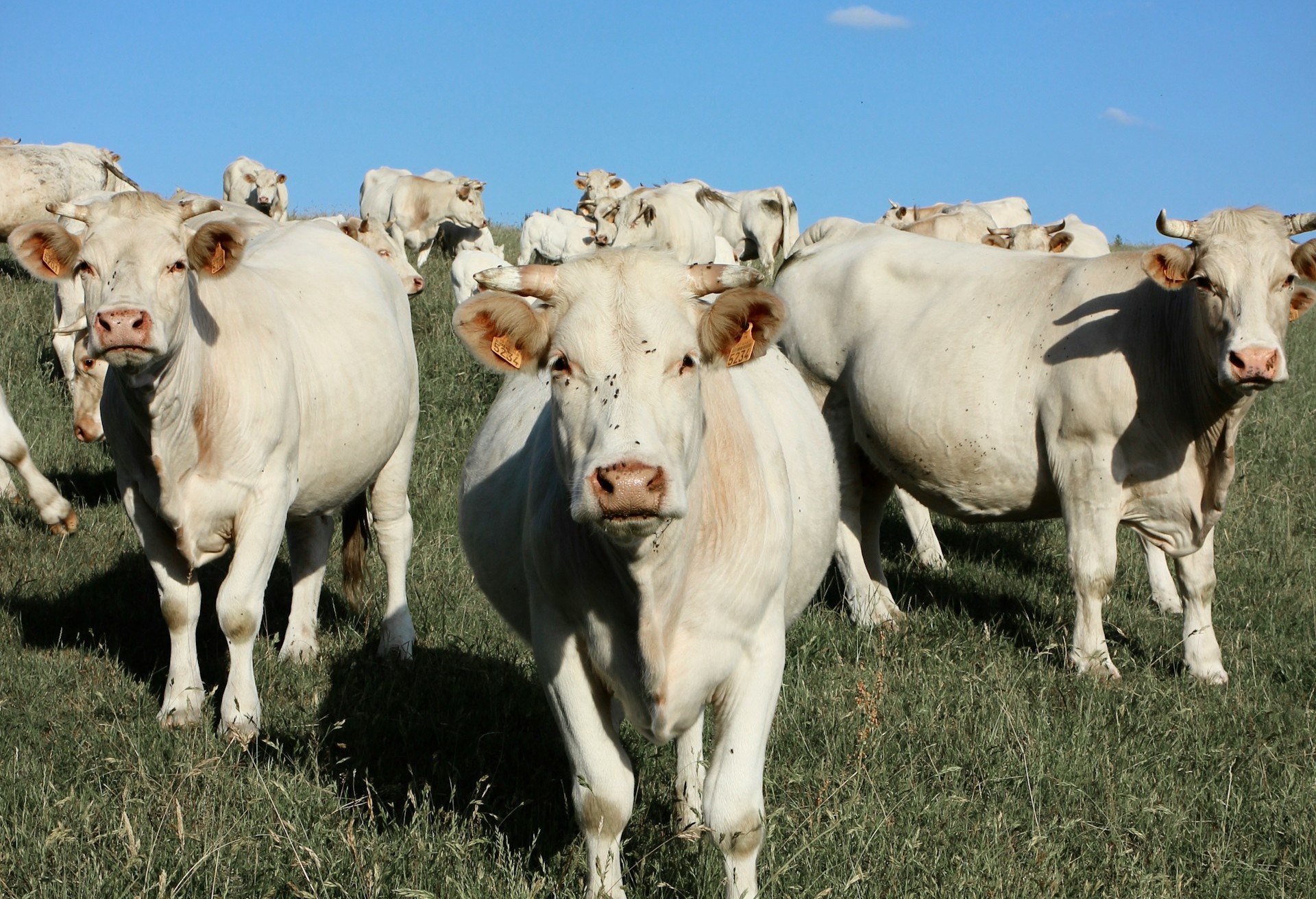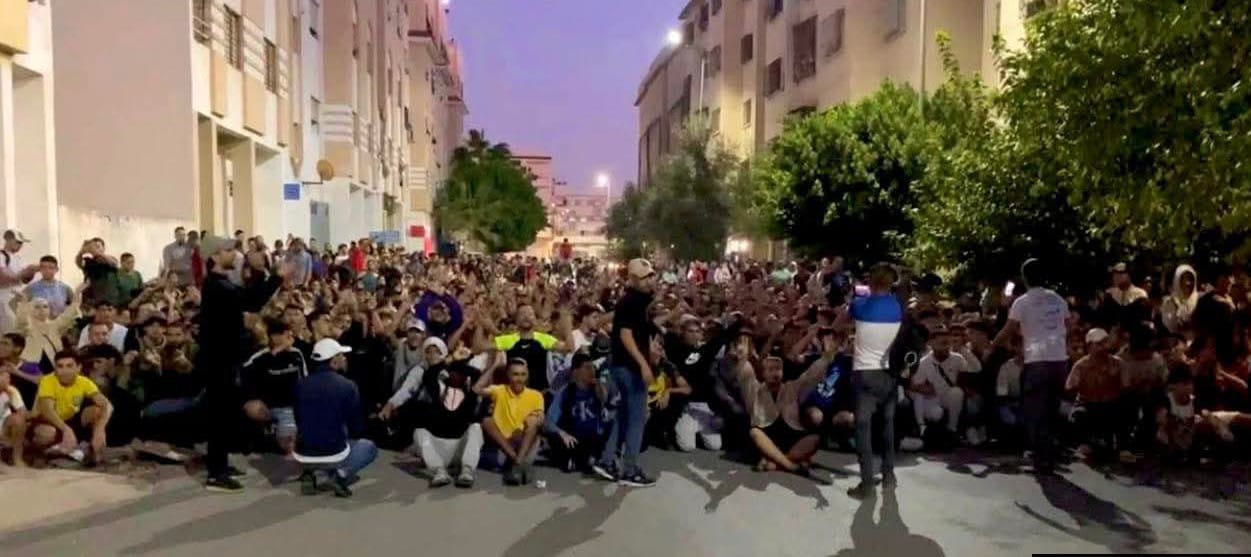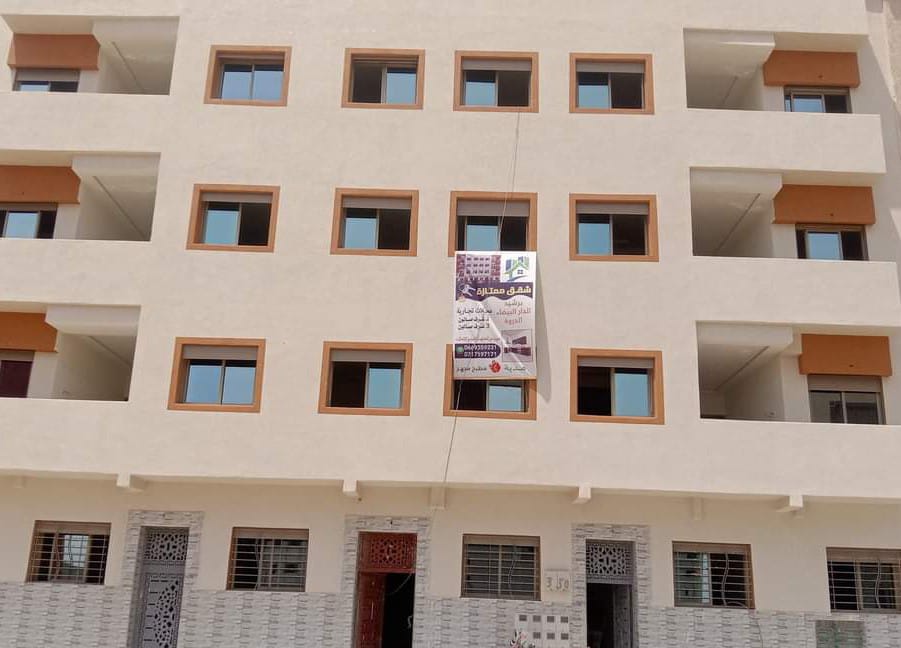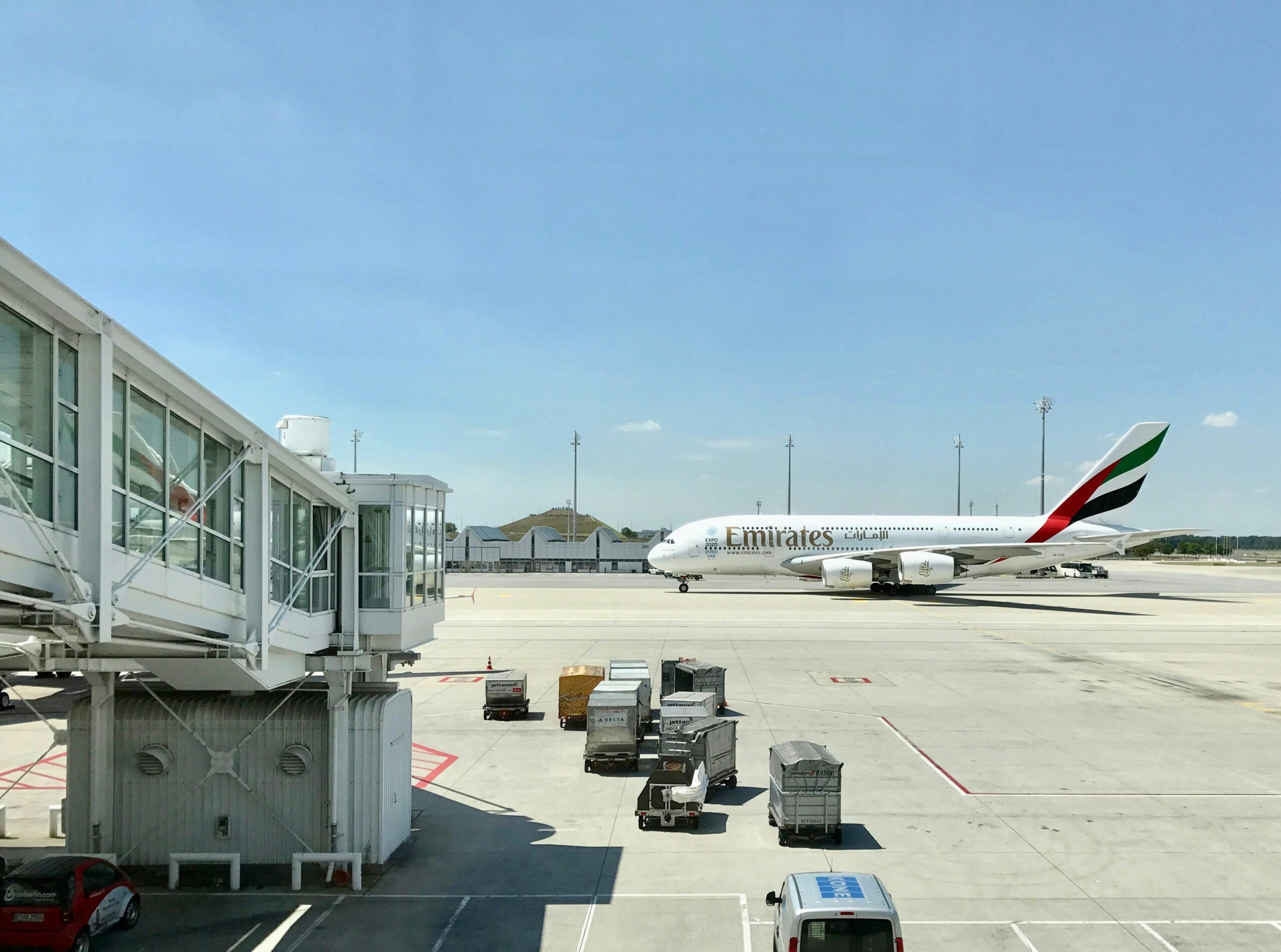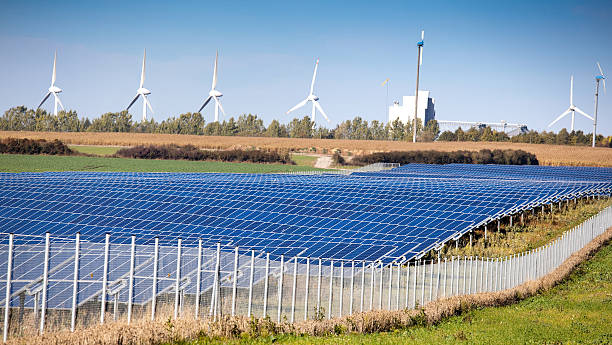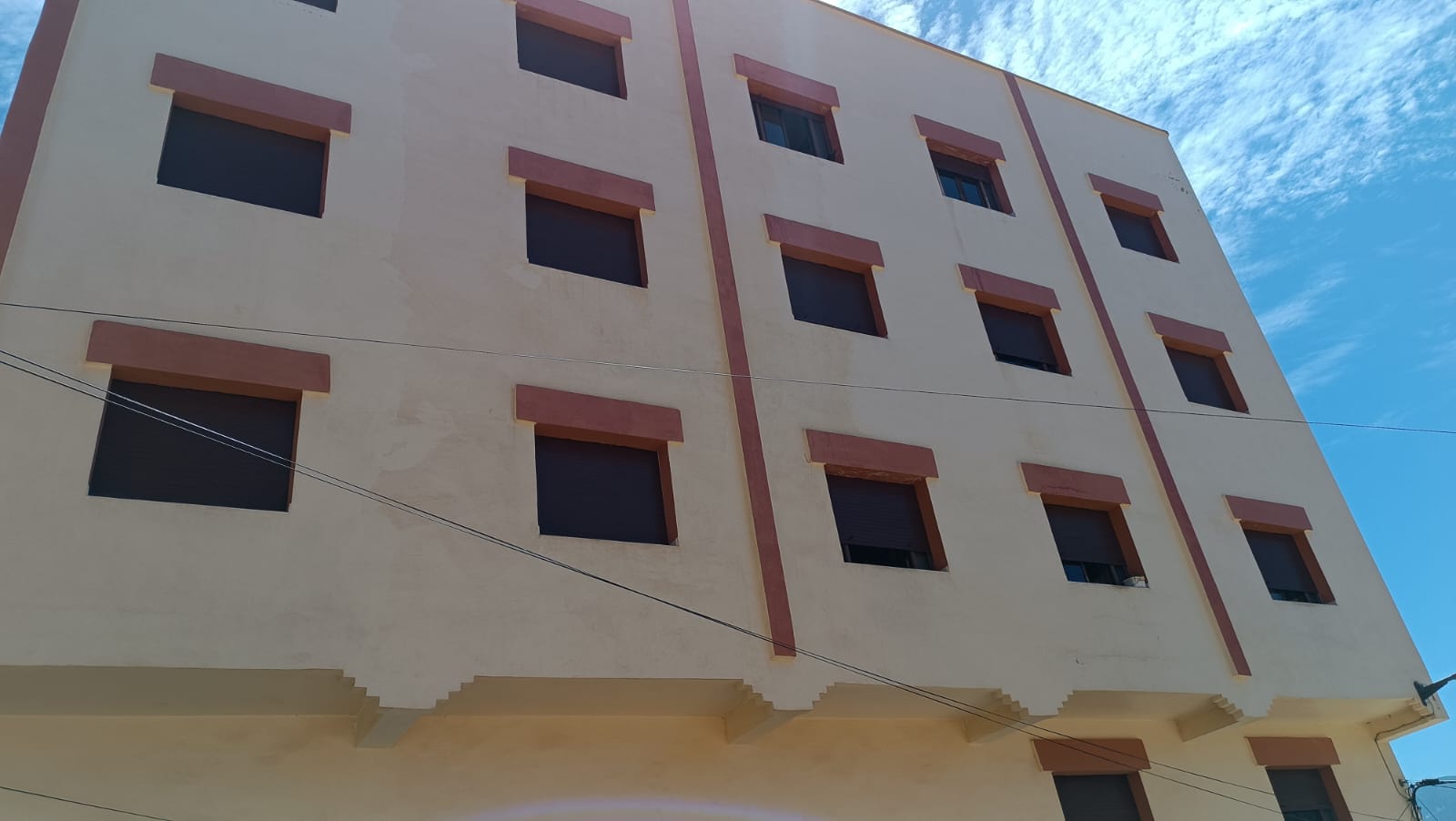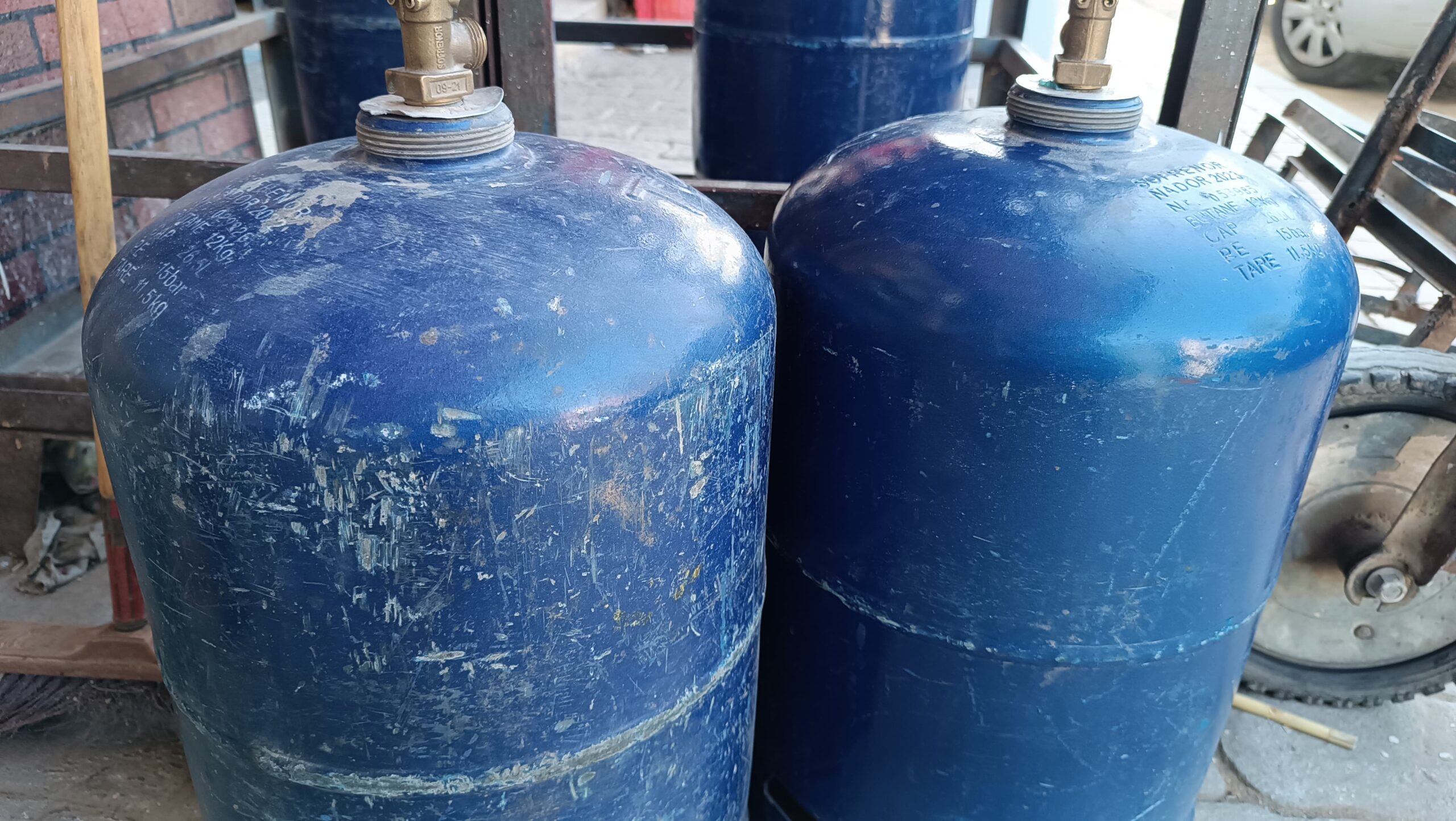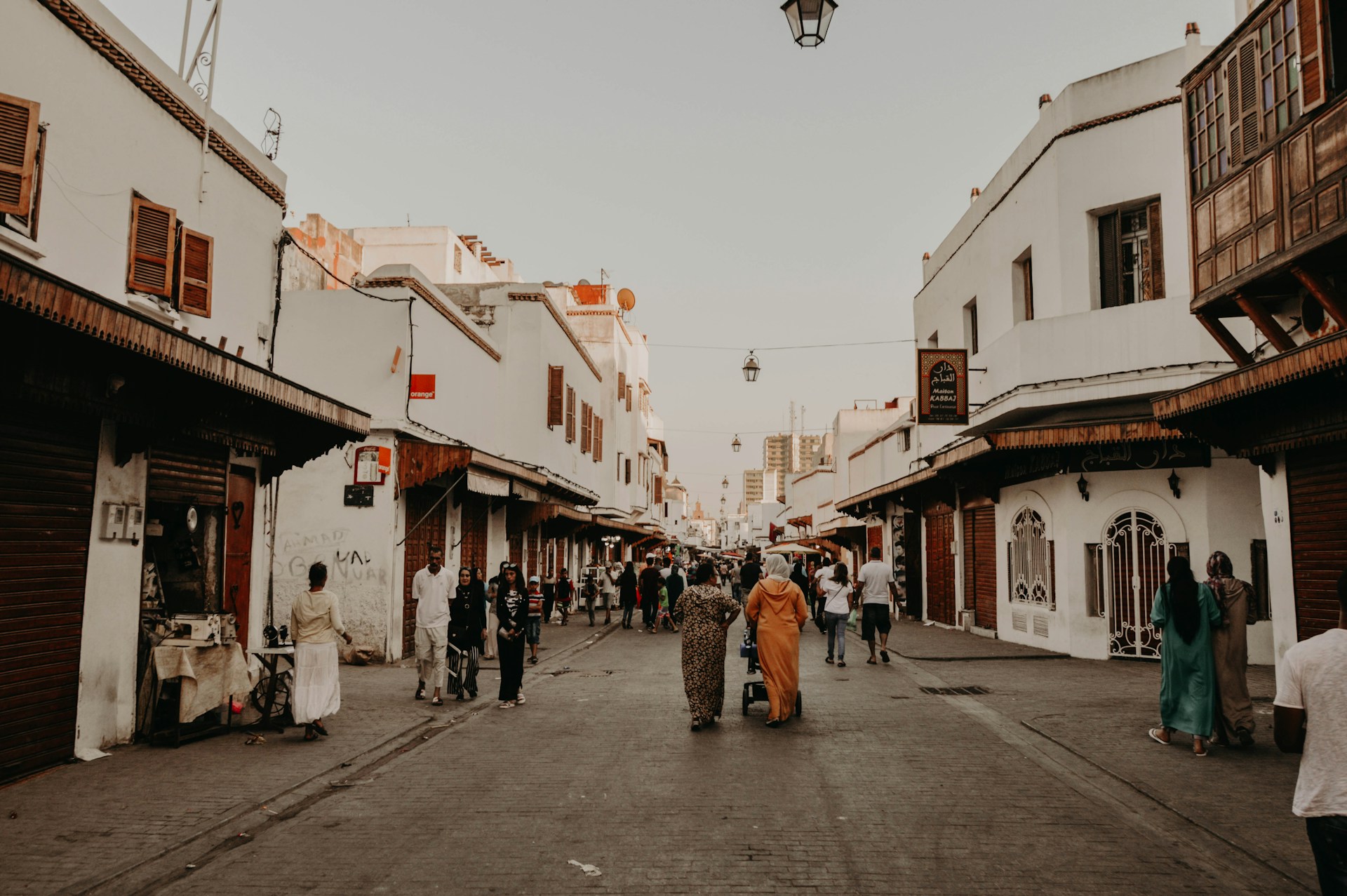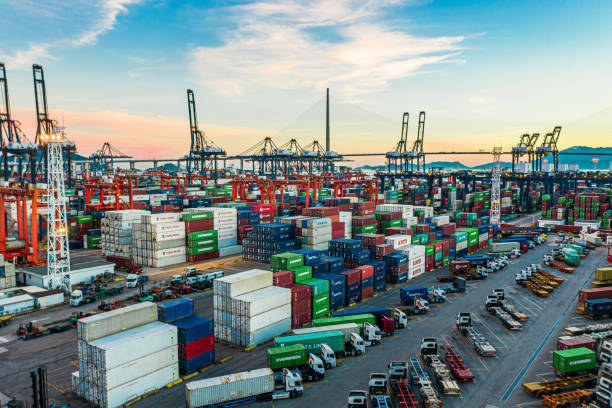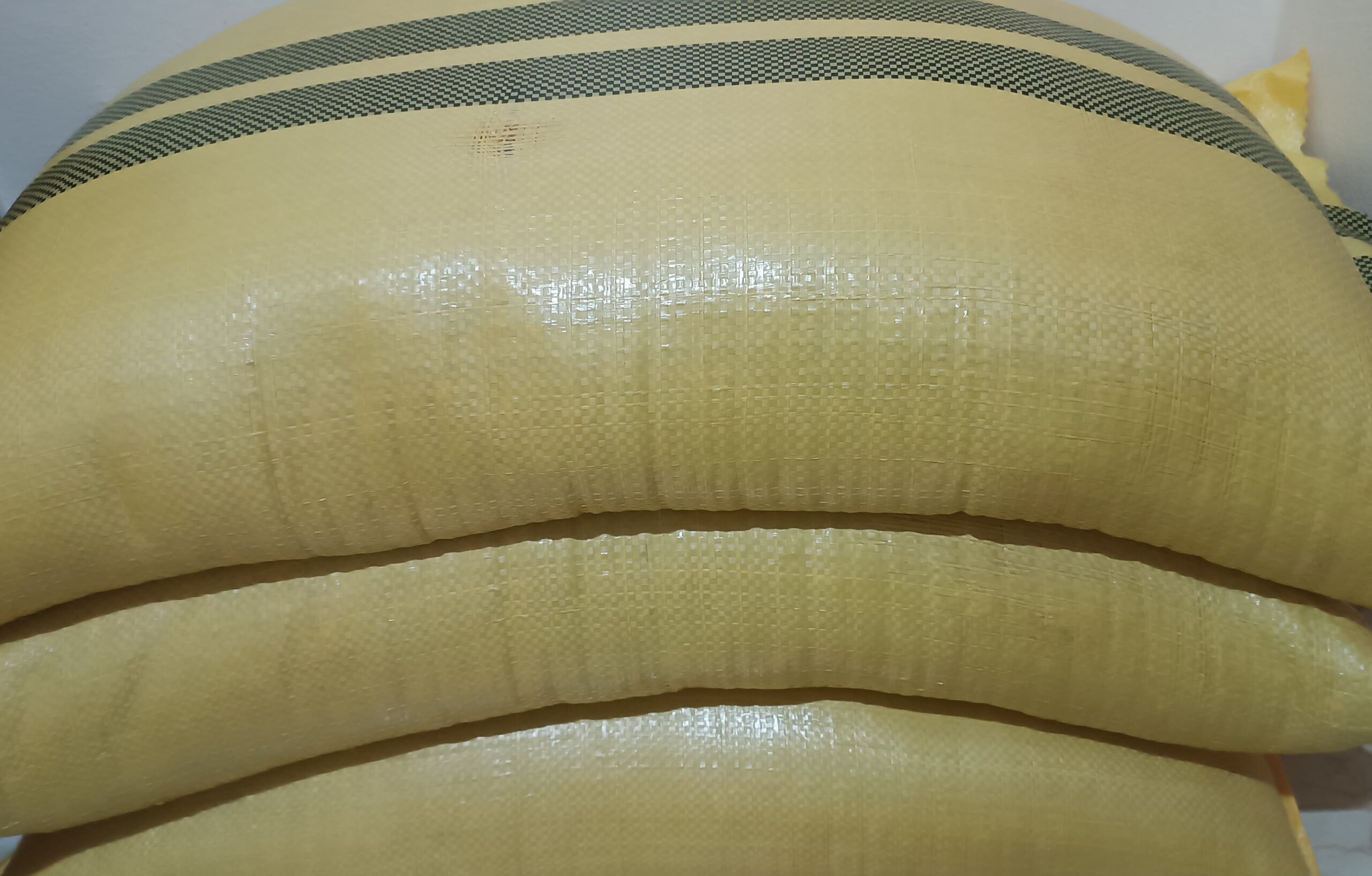Casablanca – Morocco has witnessed a wave of youth-led demonstrations in recent days, reflecting mounting frustrations over unemployment, weak social services, and public spending priorities. Organized largely through social media, the protests have taken place in major cities including Rabat, Casablanca, Oujda, Agadir, and Tangier, drawing attention to issues ranging from education and healthcare to economic governance.
A generation in protest
The movement has been spearheaded by “Gen Z 212”, an online collective formed through the platform Discord. With more than 12,000 members, the group identifies itself as independent from political parties and focused on pressing reforms. Its demands center on improving Morocco’s public education and healthcare systems and addressing corruption.
Demonstrators, many of them university students and young jobseekers, carried slogans such as “Health first,” “We don’t want the World Cup,” and “No health, no education—this is Morocco.” These chants highlight discontent with the government’s decision to allocate billions of dollars for stadium construction and infrastructure related to the 2030 FIFA World Cup, which Morocco will co-host, rather than channeling funds into schools and hospitals.
Economic pressures and unemployment
Underlying the protests is a worsening economic backdrop. According to the High Commission for Planning (HCP), unemployment stood at 12.8% in mid-2025, with youth unemployment significantly higher. The government has pledged to raise the minimum wage to about $450, but many argue that wages remain out of step with rising living costs.
Official data shows inflation pressures easing slightly in recent months, yet households continue to struggle with stagnant purchasing power. Economic growth is projected at 4.2% in 2025, according to the European Bank for Reconstruction and Development, but much of this expansion is concentrated in sectors such as exports, renewable energy, and automotive production, leaving little direct relief for low- and middle-income families.
Public services under strain
Healthcare and education have been recurring themes in the protests. Morocco ranked 94th out of 99 countries in the 2025 Numbeo healthcare index, with a doctor-to-population ratio of roughly 4 per 10,000 people, far below World Health Organization benchmarks.
Education indicators are equally troubling. In the latest Global Knowledge Index, Morocco ranked 98th out of 141 countries, while the World Economic Forum placed it 101st worldwide and 9th in the Arab region in terms of education quality. Despite government reforms, critics argue that overcrowded classrooms, underfunded universities, and inequality between rural and urban schools remain pressing challenges.
Security response and arrests
Authorities have responded to the protests with heavy security deployments. Human rights groups report that dozens of demonstrators were detained across several cities, with estimates of more than 70 arrests during the latest rallies. Many were released after identity checks, but rights advocates argue the tactics are intended to discourage further mobilization.
Human rights advocates argue that the state is relying on a “purely security-driven approach,” describing it as a violation of constitutional rights to peaceful assembly. Videos shared online showed police blocking access to protest sites and dispersing gatherings with force.
Calls for dialogue and reform
Civil society organizations, trade unions, and opposition figures have urged the government to change course. The Moroccan Labor Union called on authorities to guarantee public freedoms and warned of escalating anger if grievances are ignored.
Rights advocates stressed that policies have failed to deliver meaningful improvements despite significant public spending. They argued that dialogue with young people is essential and that temporary measures, described as mere “painkillers,” will not resolve structural problems. Observers also noted that the demonstrations represent a worrying signal, urging the government to adopt greater transparency, implement effective measures, and strengthen communication with citizens.
Government position
Prime Minister Aziz Akhannouch has defended his administration’s record, pointing to new laws and budget allocations for healthcare and education. He has acknowledged shortcomings, particularly in hospitals, and pledged to push forward with reforms. The government argues that World Cup investments will generate long-term benefits through infrastructure upgrades, tourism, and job creation.
Still, critics contend that these benefits are uncertain and do little to address immediate social needs. For many Moroccans, particularly the younger generation, the gap between official promises and lived realities is widening.
A test of stability
The unfolding protests highlight a broader tension between Morocco’s ambitious global projects—such as renewable energy investments, industrial exports, and the World Cup—and persistent domestic inequalities. While international observers often praise Morocco’s macroeconomic stability, the current unrest underscores the risks of overlooking social dimensions.
As “Gen Z 212” continues to mobilize online and calls for further demonstrations, the government faces a choice between relying on security responses or opening dialogue to address grievances. With unemployment stubbornly high, hospitals under pressure, and classrooms overcrowded, the demands voiced in the streets reflect challenges that cannot be deferred indefinitely.
